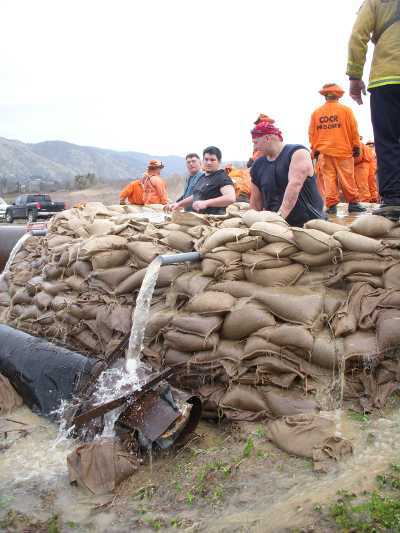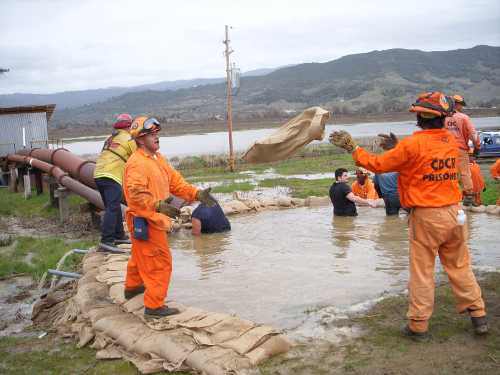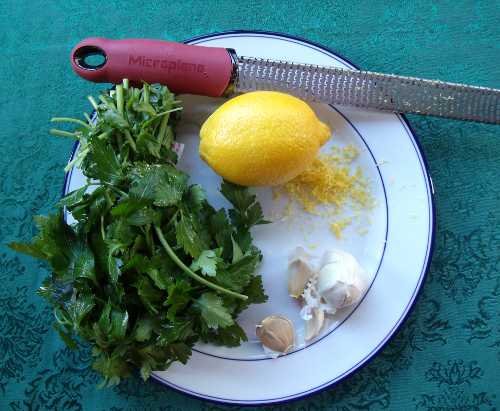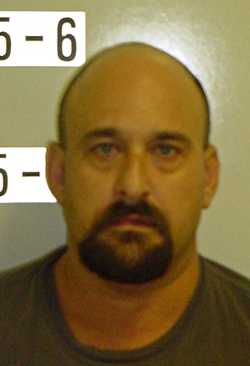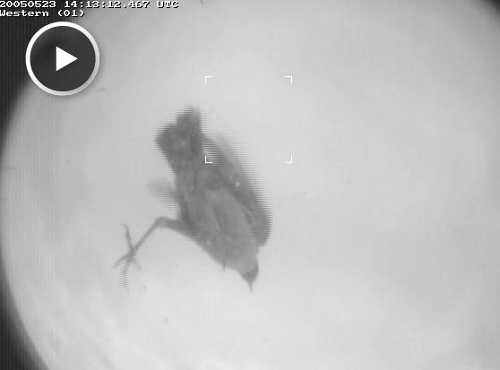LAKEPORT, Calif. – Winter unemployment numbers by the state offered no positive news for Lake County, and only slight improvement for the state.
Lake County’s unemployment rate up went up in January, hitting 19.7 percent, up 0.4 percentage points from the revised December figures and up 0.3 percentage points over January 2010, according to the Employment Development Department.
California's overall rate was 12.4 percent, down from the December unemployment rate of 12.5 percent but up from the 12.3 percent reported in January 2010, the report showed.
Nonfarm payroll jobs increased by 12,500 in January in California, with the state reporting that five of 11 industry sectors showing gains.
The number of people unemployed in California was 2,248,000 – down by 25,000 over the month, but up by 8,000 compared with January of last year, the state said.
The unemployment rate is derived from a federal survey of 5,500 California households, the state reported.
Nationally, unemployment also decreased slightly in January, with the U.S. Bureau of Labor Statistics reporting a 9 percent rate, down from 9.4 percent in December and 9.7 percent in January 2011.
The agency reported that in February nationwide unemployment edged down again, to 8.9 percent, the lowest level since April 2009. During that time 192,000 nonfarm payroll jobs were added.
Lake County's January unemployment rate earned it a ranking of No. 49 out of California's 58 counties.
In January, Lake had a labor force of 24,460 people, with 4,830 of them without jobs, state figures showed. In December, when Lake County was ranked No. 51 for unemployment, it had a 24,430-member workforce with 4,720 people out of work.
Marin County and Mono County tied for lowest unemployment in January, both with 8.2 percent. State figures showed that the highest unemployment in the state was found in neighboring Colusa County, where 27.8 percent of the workforce is jobless.
Lake's neighboring counties registered the following unemployment rates and statewide ranks: Colusa, 27.8 percent, No. 58; Glenn, 18.8 percent, No. 47; Yolo, 15.3 percent, No. 33; Mendocino, 12.3 percent, No. 19; Napa, 10.7 percent, No. 12; and Sonoma, 10.5 percent, No. 10.
Inside Lake County, Upper Lake has the lowest January unemployment, at 10.5 percent, with Clearlake Oaks reporting the highest, 28.8 percent, state records showed.
The following unemployment rates were reported for other areas of the county, from highest to lowest: Nice, 28.1 percent; city of Clearlake, 27.7 percent; Lucerne, 20.8 percent; Kelseyville, 20.1 percent; Middletown, 19.9 percent; city of Lakeport, 19.1 percent; Cobb, 17.7 percent; Lower Lake, 16.7 percent; Hidden Valley Lake, 16.4 percent; north Lakeport, 15.8 percent.
Dennis Mullins of the Employment Development Department's Labor Market Information Division said Lake County industry employment decreased 170 jobs between December and January, ending the month-over period with 11,970.
He said overall, six industries gained or were unchanged over the month and five declined. Total government employment remained down over the year.
The county's month-over job growth occurred in categories including farm, 60 new jobs; professional and business services, 10; other services, 10; government, 10, according to Mullins.
Month-over job losses occurred in mining, logging and construction, 60 lost jobs; manufacturing, 20; trade, transportation and utilities, 70; private educational and health services, 60; and leisure and hospitality, 50, he said. Information and financial activities showed no change over the month.
Modest job gains statewide
California's nonfarm jobs in January totaled 13,971,200, an increase of 12,500 over the month, according to a survey of businesses that is larger and less variable statistically.
That survey of 42,000 California businesses measures jobs in the economy. The year-over-year change – from January 2010 to January 2011 – shows an increase of 102,100 jobs, up 0.7 percent, the Employment Development Department said.
The state said that the federal survey of households, done with a smaller sample than the survey of employers, shows an increase in the number of employed people.
It estimated the number of Californians holding jobs in January was 15,905,000, an increase of 27,000 from December, but down 32,000 from the employment total in January of last year, according to the report.
The Employment Development Department's Friday report on payroll employment – wage and salary jobs – in the nonfarm industries of California totaled 13,971,200 in January, a net gain of 12,500 jobs since the December survey. This followed a gain of 21,700 jobs, as revised, in December.
Five categories – mining and logging; construction; manufacturing; trade, transportation and utilities; and government – added jobs over the month, gaining 41,800 jobs. The state said trade, transportation and utilities posted the largest increase over the month, adding 19,200 jobs.
Six categories – information; financial activities; professional and business services; educational and health services; leisure and hospitality; and other services – reported job declines this month, down 29,300 jobs. The Employment Development Department said the information category posted the largest decline over the month, down by 9,600 jobs.
In a year-over-year comparison – January 2010 to January 2011 – nonfarm payroll employment in California increased by 102,100 jobs, up 0.7 percent, the Friday report said.
Seven industry divisions – mining and logging; manufacturing; trade, transportation and utilities; information; professional and business services; educational and health services; and leisure and hospitality – posted job gains over the year, adding 175,100 jobs, according to the Employment Development Department.
The state said professional and business services posted the largest gain on a numerical basis, up by 60,400 jobs, an increase of 3.0 percent. Mining and logging posted the largest gain on a percentage basis, up by 4.2 percent, up by 1,100 jobs.
Four categories – construction; financial activities; other services; and government – posted job declines over the year, down 73,000 jobs, the state said. Government posted the largest decline on both a numerical and percentage basis, down by 49,700 jobs, a decrease of 2.0 percent.
Regarding unemployment claims, the Employment Development Department reported that there were 603,946 people receiving regular unemployment insurance benefits during the January survey week, compared with 599,221 in December and 717,070 in January 2010.
At the same time, new claims for unemployment insurance were 63,331 in January 2011, compared with 87,289 in December and 92,738 in January of last year, the report showed.
E-mail Elizabeth Larson at This email address is being protected from spambots. You need JavaScript enabled to view it. . Follow Lake County News on Twitter at http://twitter.com/LakeCoNews , on Facebook at http://www.facebook.com/pages/Lake-County-News/143156775604?ref=mf and on YouTube at http://www.youtube.com/user/LakeCoNews .
